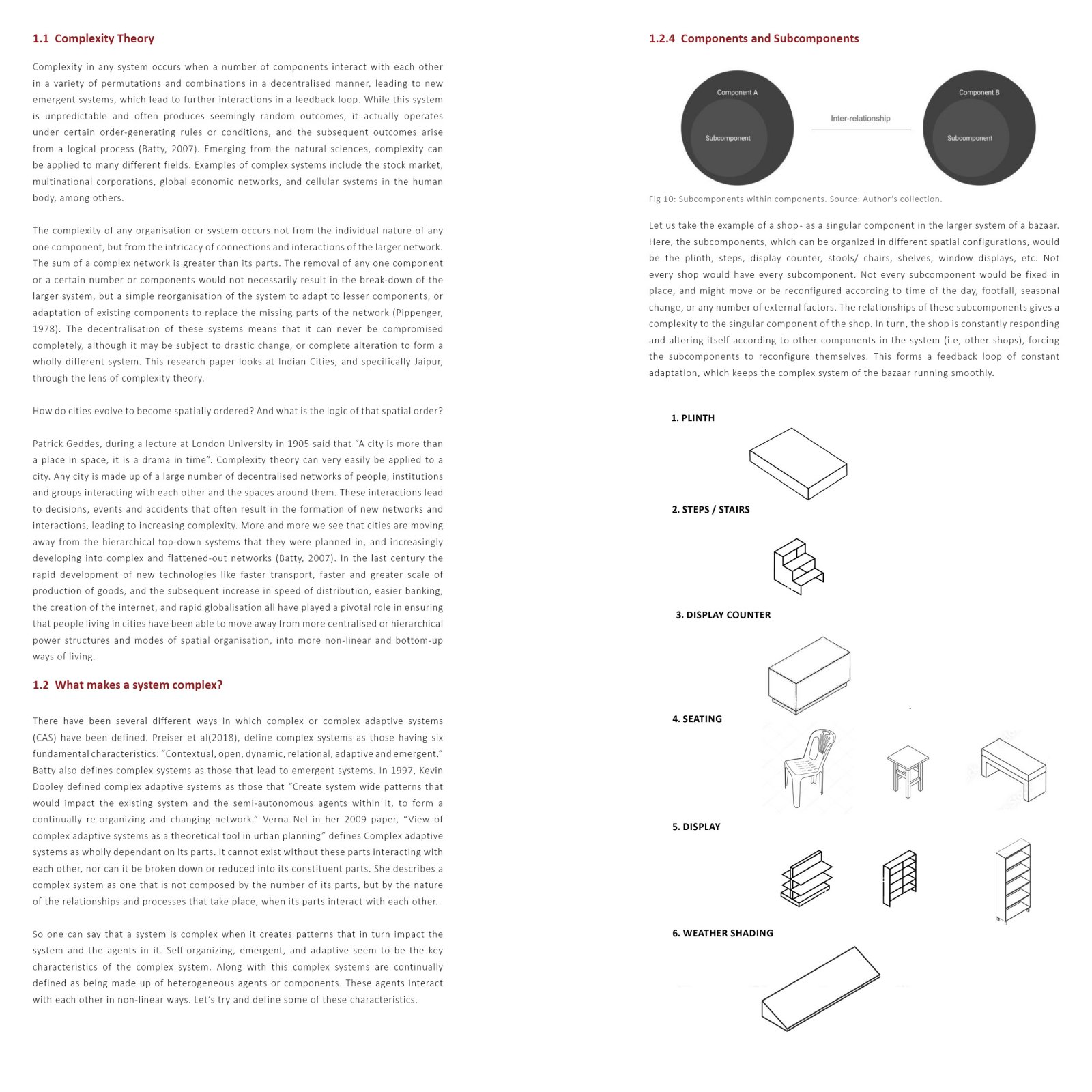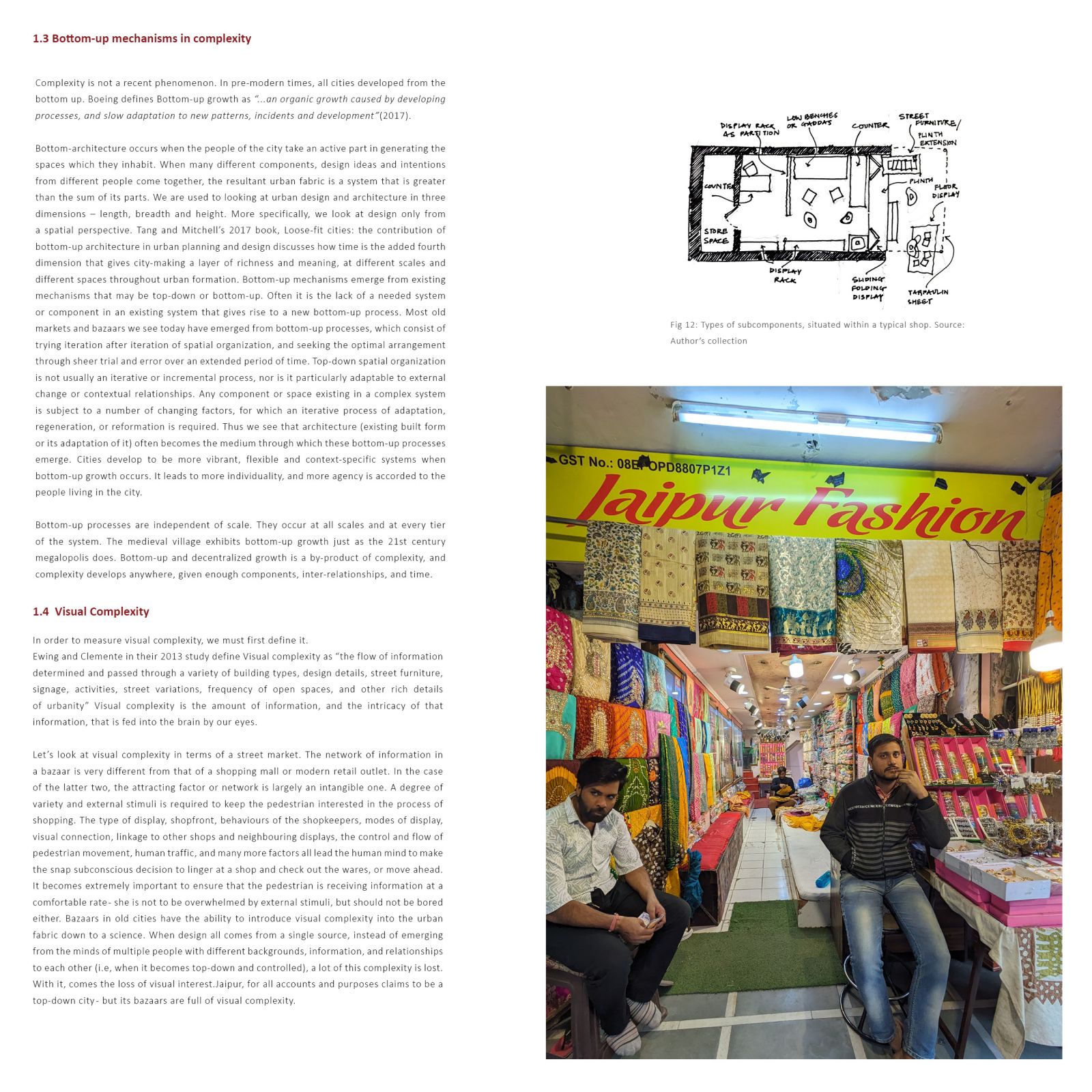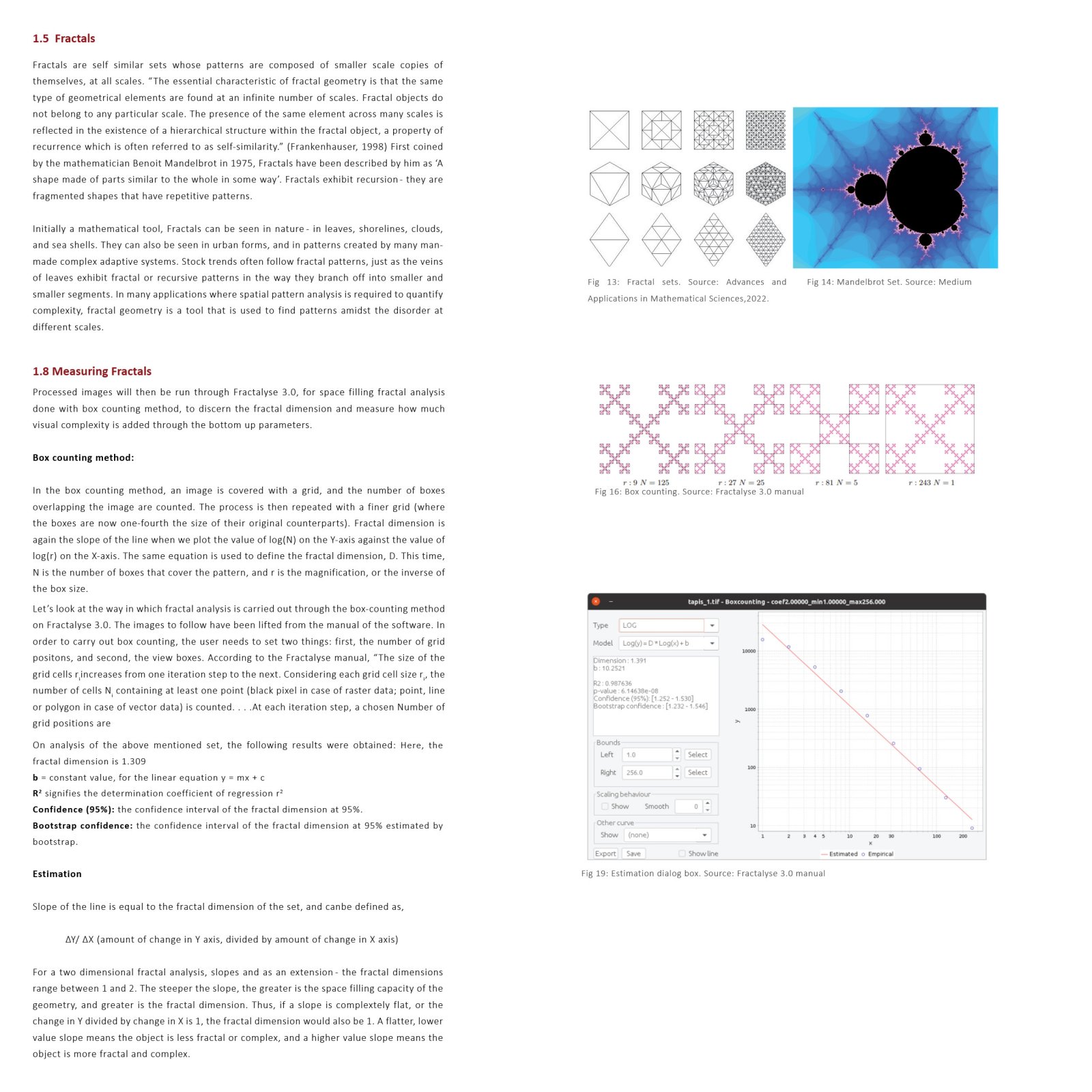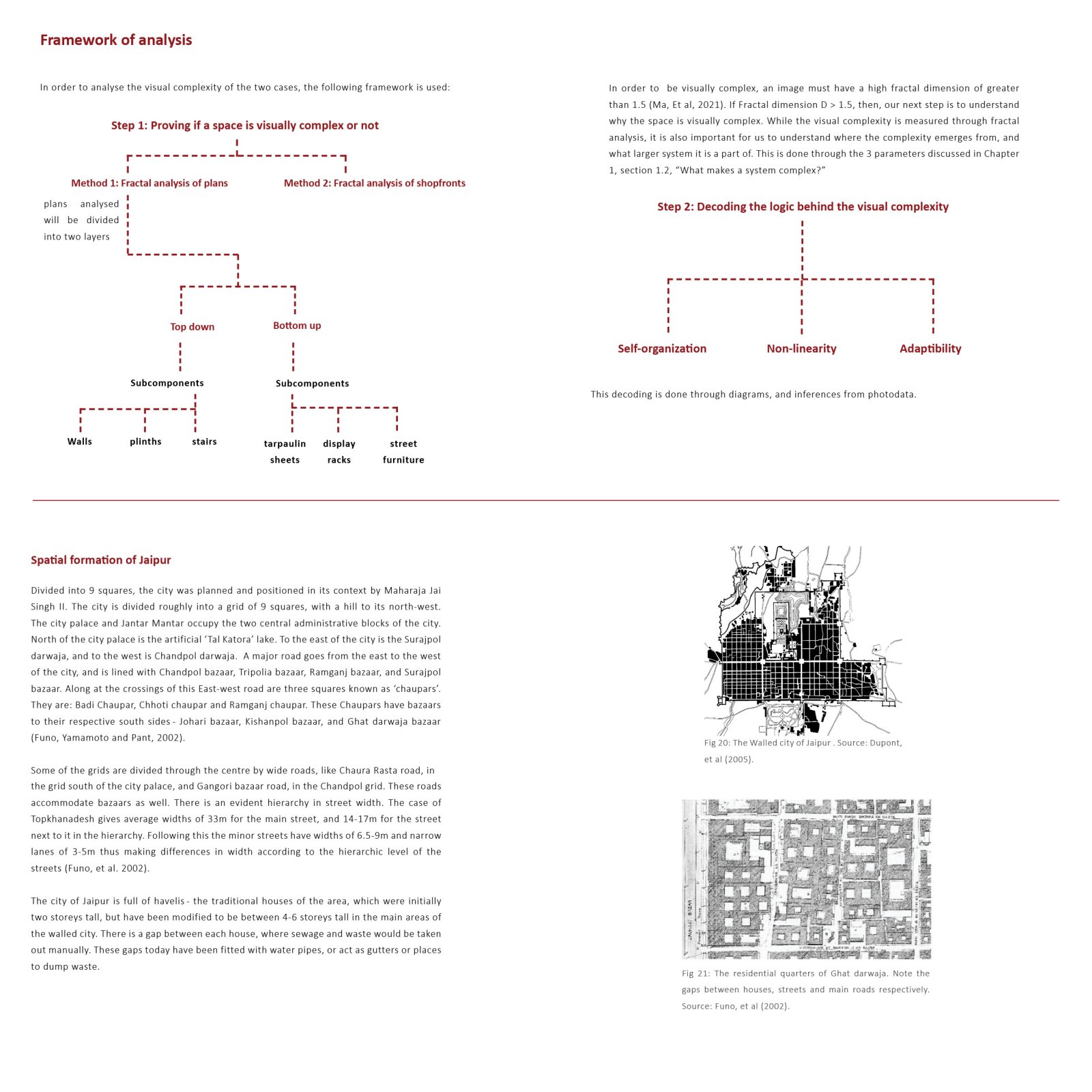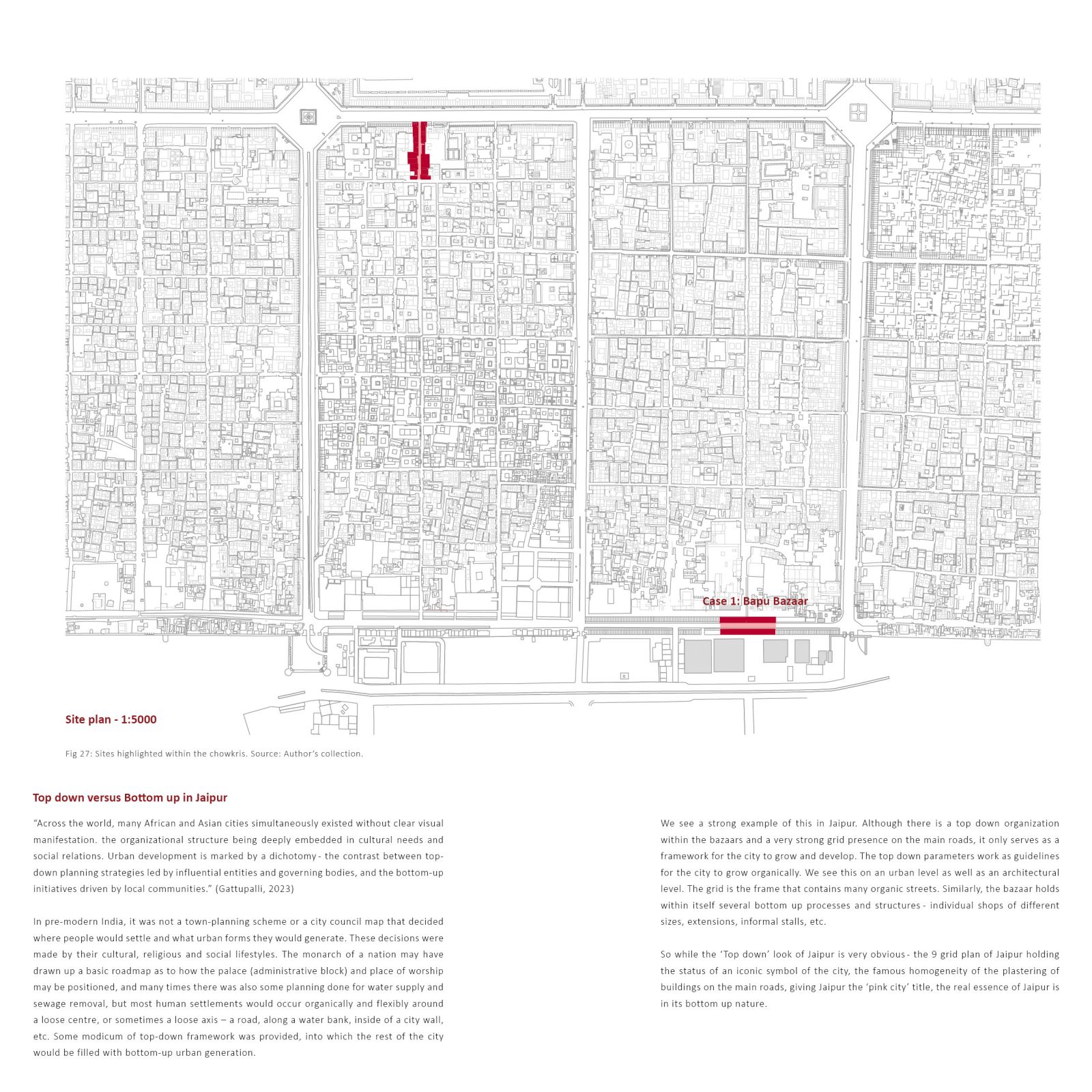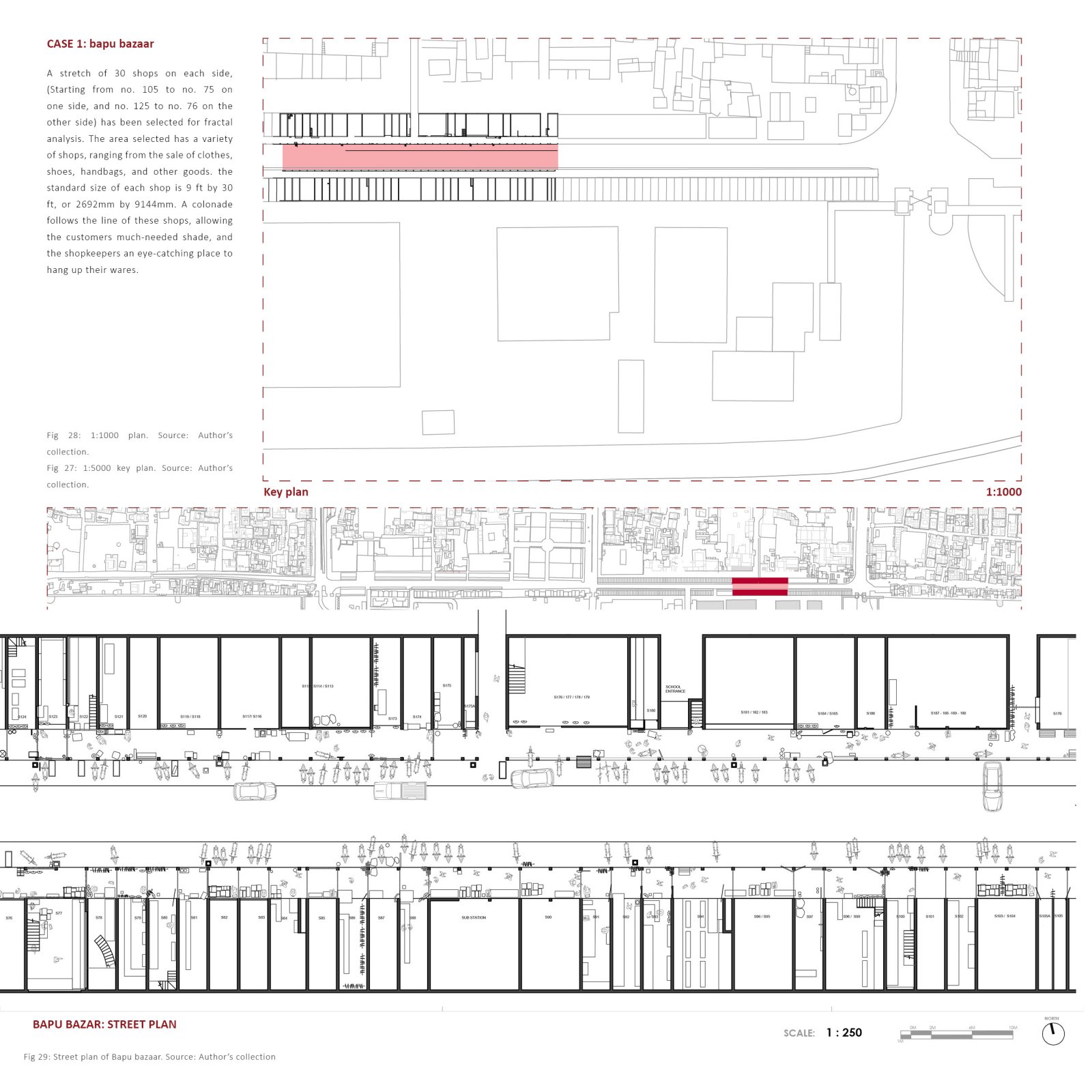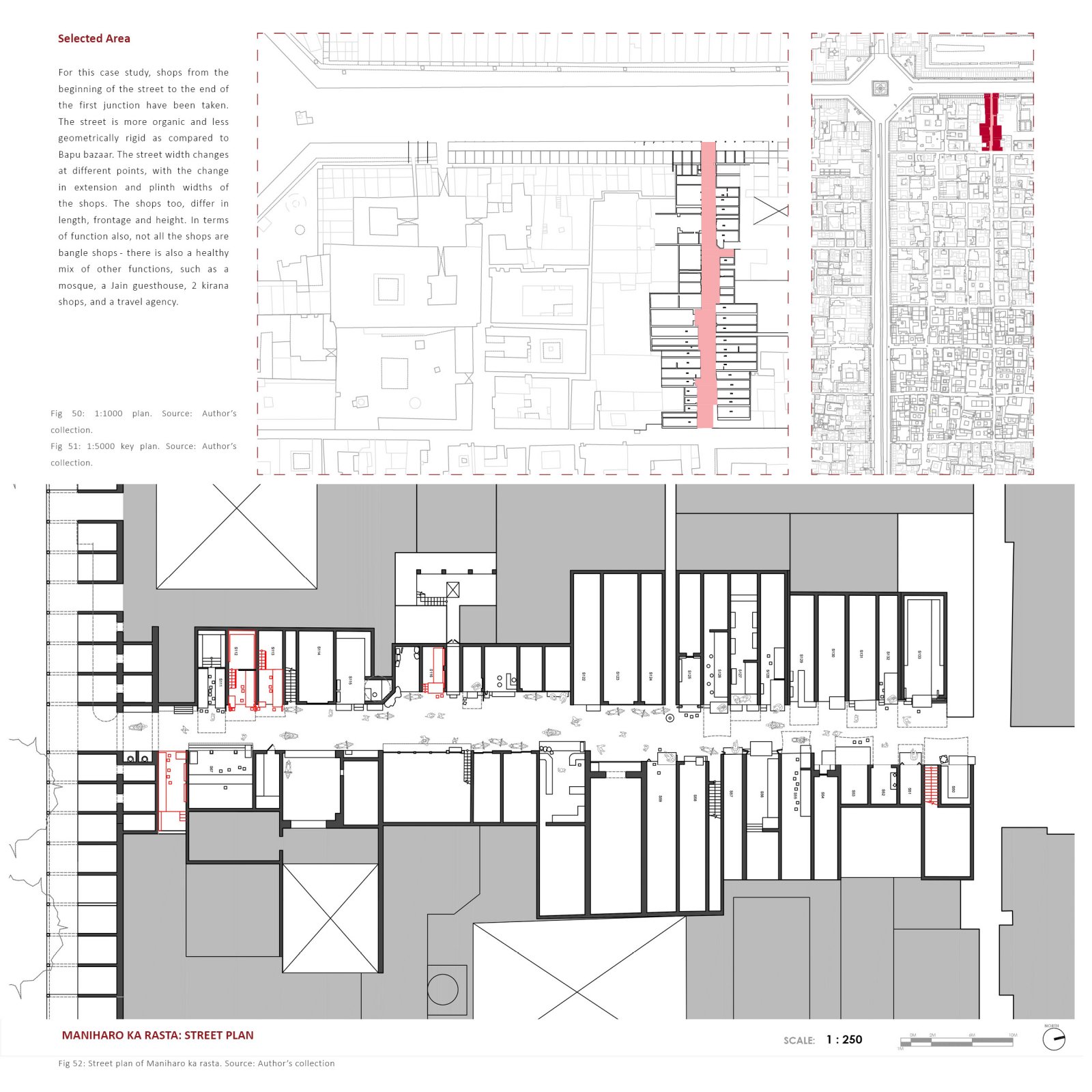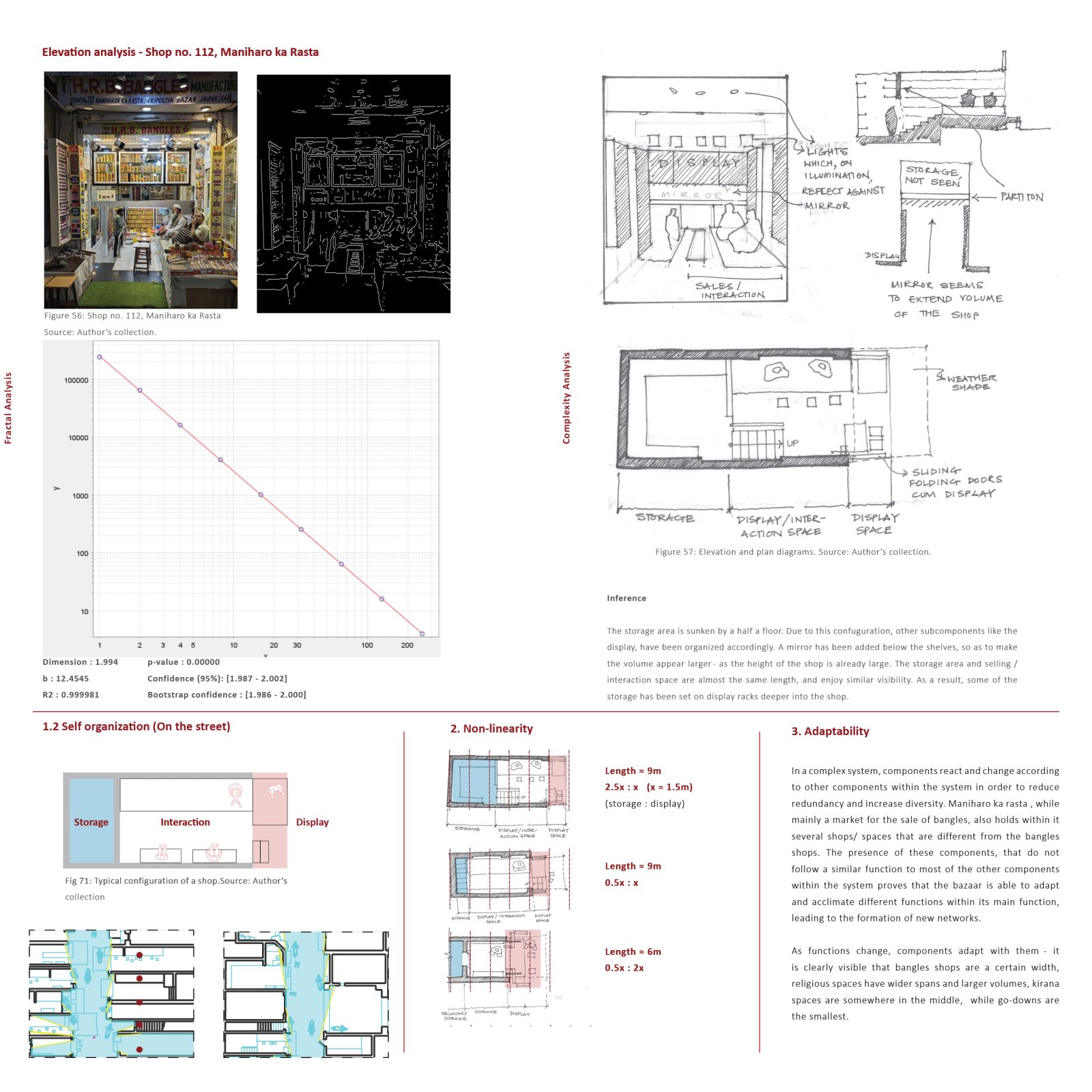Your browser is out-of-date!
For a richer surfing experience on our website, please update your browser. Update my browser now!
For a richer surfing experience on our website, please update your browser. Update my browser now!
Complexity theory, also described as the ‘New science of cities’ looks at adaptive systems made of a number of components that are organized in a non-hierarchical system, and interact with each other in heterogenous ways. Complexity can be applied to a number of fields, design and city planning being amongst them. Traditional bazaars in Indian cities have always displayed a high degree of visual complexity, in a way which they attract an optimum number of pedestrian and customer traffic. Visual complexity of a space depends on a number of factors that emerge from bottom-up mechanisms. Bottom up processes give rise to the emergence of complexity in urban form. Michael Batty’s book Cities and Complexities (2012) describes complexity in cities by describing them as systems consisting of a ‘large number of decentralised networks of people, institutions and spaces’ that form intricate inter-relationships with each other to produce emergence mechanisms. This research seeks to use bottom-up mechanisms to derive a framework that can quantify visual complexity within two bazaars in Jaipur. Fractal analysis is used to measure the amount of complexity, by deriving a fractal dimension from the drawings and documentation carried out on site. The applications of understanding visual complexity is manyfold. Decoding existing patterns within a complex system enables us to undestand the logic in which the components and subcomponents operate, and in the field of urban design and architecture it enables us to design for cities that are growing in increasingly decentralized, non-linear and dynamic ways.

